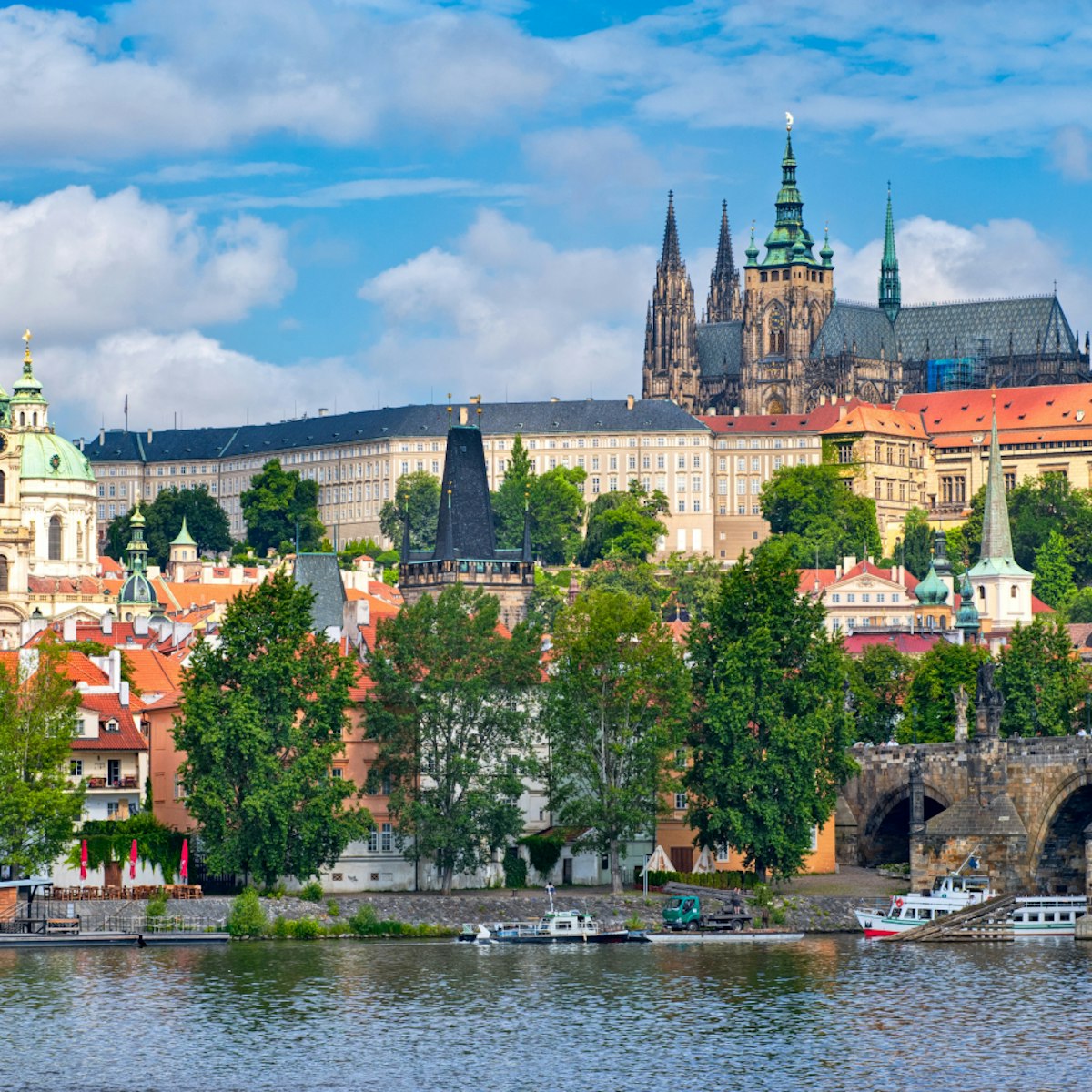The Bethlehem Chapel is a national cultural monument, being the birthplace of the Hussite cause. Jan Hus preached here from 1402 to 1412, marking the emergence of the Reform movement from the sanctuary of the Karolinum (where he was rector). Every year on the night of 5 July, the eve of the anniversary of HusвҖҷs burning at the stake in 1415, a memorial is held here with speeches and bell-ringing.
In 1391 Reformists won permission to build a church where services could be held in Czech instead of Latin, and proceeded to construct the biggest chapel Bohemia had ever seen, able to hold 3000 worshippers.
In the 18th century the chapel was torn down. Remnants were discovered around 1920, and from 1948 to 1954 вҖ“ because Hussitism had official blessing as a kind of medieval version of communism вҖ“ the whole thing was painstakingly reconstructed in its original form, based on old drawings, descriptions and traces of the original work. Architecturally it was a radical departure, with a simple square hall focused on the pulpit rather than the altar.
An explanatory text in English is available at the chapel entrance. Only the southern wall of the chapel is brand new, and you can still see some original parts вҖ“ the pulpit door, several windows and the door to the preacherвҖҷs quarters вҖ“ in the eastern wall. These quarters, including the rooms used by Hus and others, are also original; they are now used for exhibits. The wall paintings are modern, and are based on old Hussite tracts. The indoor well predates the chapel.







